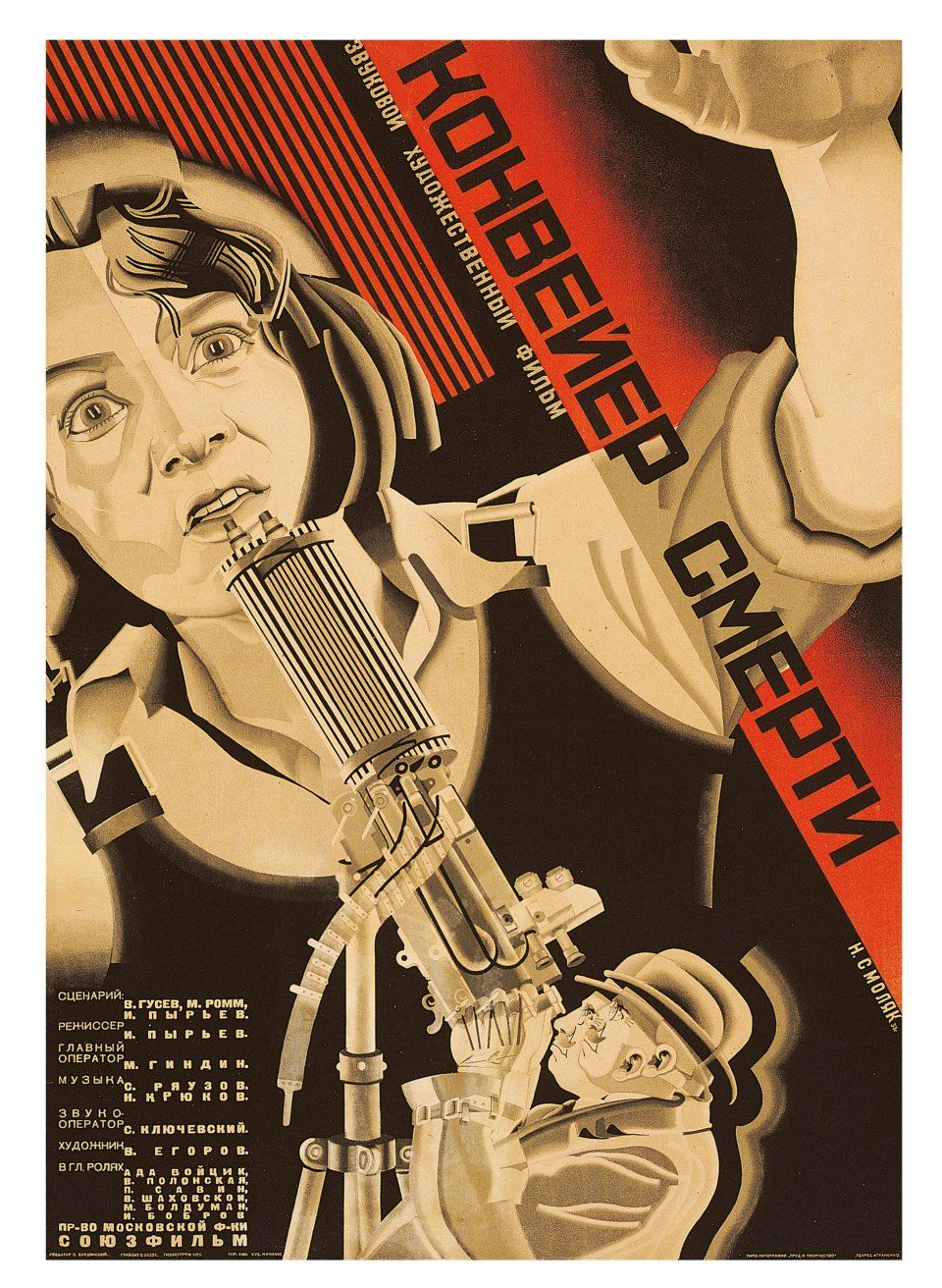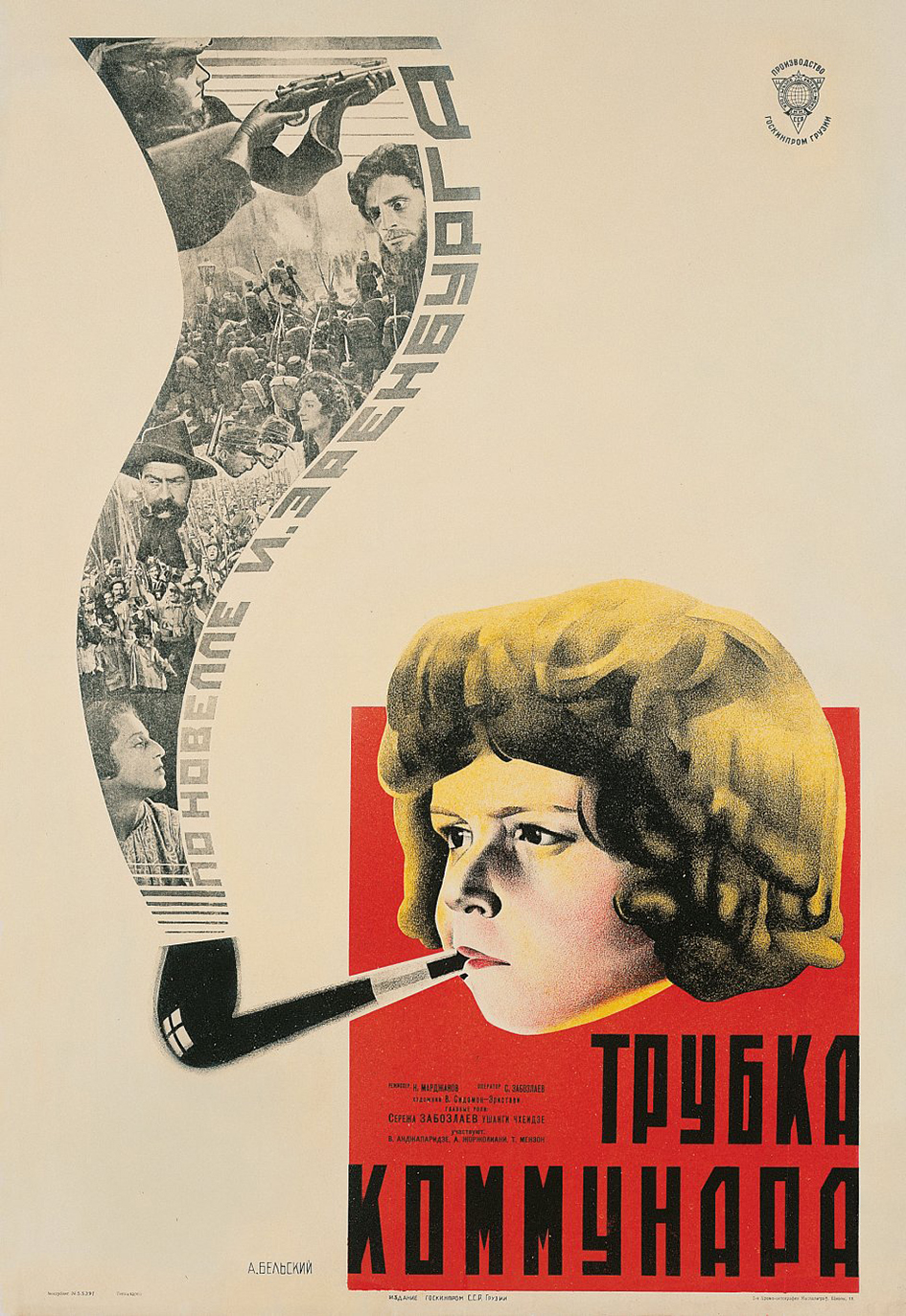File this under “why didn’t I see this earlier?”
Here’s a too short but visually packed Michel Gondry-directed commercial for the Pandora app. Here, he indulges in all the things that make Gondry so beloved: large sets, in-camera effects, huge props, and a visual wit.
For the “Sounds Like You” campaign, Gondry has a short-haired young woman running through various rooms and landscapes, all of which reveal themselves to be album covers from the famous (Metallica’s Master of Puppets) to the more recent (Big Sean’s Moves). We even get a Bowie shout-out and it’s not what you’d expect. We’d say more, but hey it’s so short, why spoil the surprise. It does however feel like Gondry has been hired to do something he’s already done–somewhere before he got the call you can hear an ad exec saying “hey, who’s available, who can do a Gondry-like thing with this campaign?”
Indeed, it is very reminiscent of his reality-bending video for the Chemical Brothers’ “Let Forever Be” (including the running woman):
And choreographing a series of tableaux is also similar to Gondry’s “Lucas with the Lid Off” from 1994:
So, yes, in a world where a third of all music videos are biting from Gondry’s career, it’s good to see the best imitator of Gondry is the man himself.
(But if bringing album covers to life is your jam, have you watched “Dave” yet?)
Album covers referenced in the video include:
0:08 The Doors — Morrison Hotel (1970)
0:12 Prince — Purple Rain (1984)
0:17 The Rolling Stones — Beggars Banquet (1968)
0:20 Metallica — Master of Puppets (1986)
0:26 The Weeknd — Starboy (2016)
0:28 Devo — Freedom of Choice (1980)
0:31 Nirvana — Nevermind (1991)
0:38 Drake — Nothing Was the Same (2013)
0:39 The Cure – A Forest (1980)
0:46 Joy Division — Unknown Pleasures (1979)
0:49 David Bowie – ★ (Blackstar) (2016)
0:55 Big Sean — I Decided. (2017)
Related Content:
Michel Gondry’s Finest Music Videos for Björk, Radiohead & More: The Last of the Music Video Gods
French Filmmaker Michel Gondry Creates a Steamy New Music Video for The White Stripes
Ted Mills is a freelance writer on the arts who currently hosts the artist interview-based FunkZone Podcast and is the producer of KCRW’s Curious Coast. You can also follow him on Twitter at @tedmills, read his other arts writing at tedmills.com and/or watch his films here.





